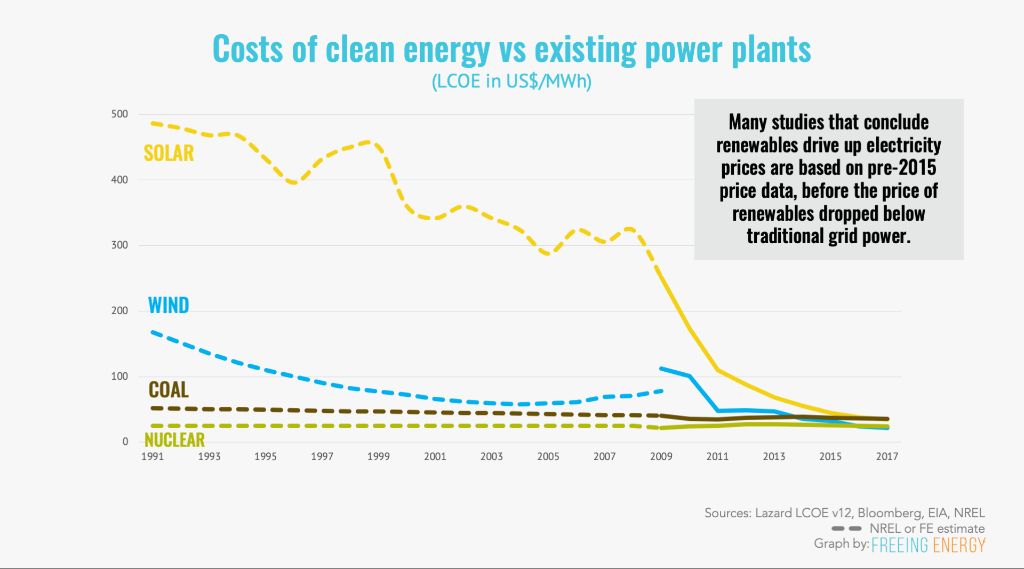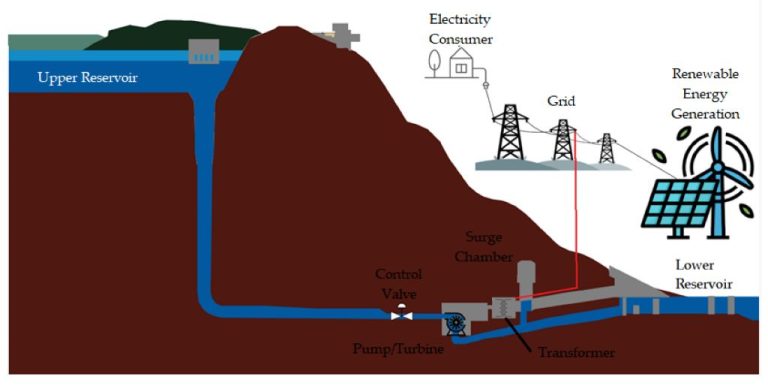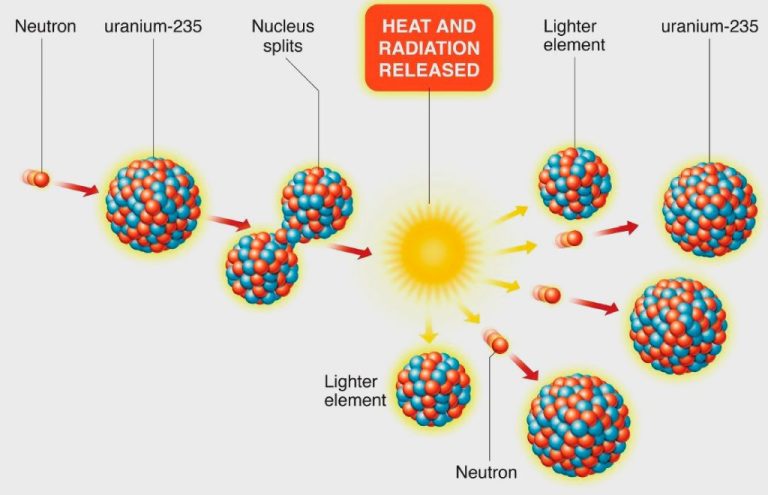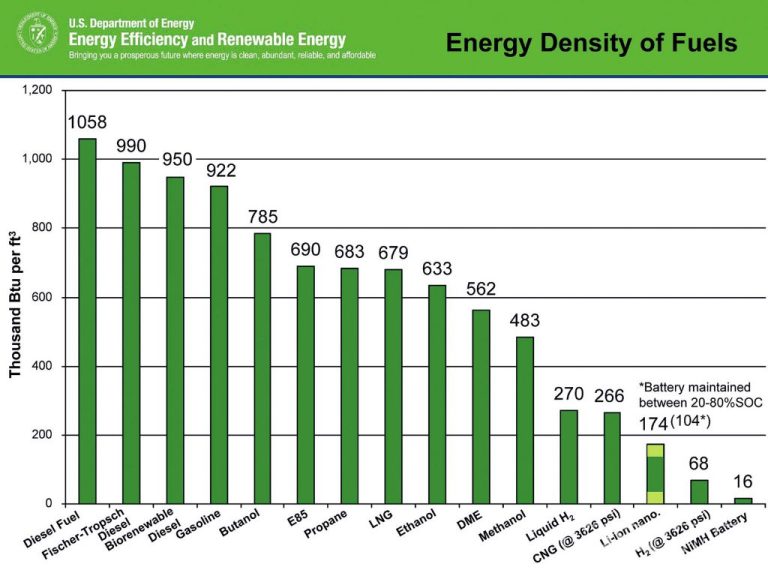Do Renewables Make Electricity More Expensive?

There has been a prevailing debate around whether renewable energy leads to higher or lower electricity costs compared to fossil fuels. On one hand, renewables like solar and wind require significant upfront investments, driving costs upward. But on the other hand, they have zero fuel costs and rapidly falling technology costs. Determining if renewables make electricity more expensive requires comparing not just short-term costs, but long-term price trajectories as well.<1>
The thesis of this piece is that while renewables lead to higher upfront costs, their long-term price outlook is significantly lower than fossil fuels. In the short-run, integrating variable renewables requires grid upgrades and subsidies, raising costs. But over the decades-long operating lifetimes of power plants, renewable technology and fuel costs are projected to undercut fossil fuels by large margins. Although renewables currently make electricity more expensive, analysis of long-term cost trends shows this dynamic flipping in the coming years.
<1> https://www.un.org/en/chronicle/article/how-renewable-energy-can-be-cost-competitive
Upfront Costs
Renewable energy sources like wind and solar have much higher upfront capital costs compared to fossil fuel power plants. Building large-scale wind and solar farms requires major investments in purchasing land, equipment like turbines and panels, as well as transmission infrastructure to connect to the grid. According to analysis by the International Renewable Energy Agency (IRENA), utility-scale solar PV had capital costs of around $850-$1,150 per kW in 2021, while onshore wind was $1,150-$1,550 per kW (https://www.irena.org/Publications/2023/Aug/Renewable-Power-Generation-Costs-in-2022). In comparison, fossil fuel plants like natural gas combined cycle were around $550-$780 per kW. These high upfront expenses for renewables can make the levelized cost per kWh higher initially.
Integration Costs
Integrating variable renewable energy sources like wind and solar power into the electricity grid requires investments to update infrastructure and manage intermittent supply. According to a literature review by Synapse Energy Economics, integration costs are often under $5 per megawatt-hour (https://www.synapse-energy.com/project/renewable-energy-integration-costs). However, a 2021 systematic review in Nature found integration costs ranging from $3 to $80 per MWh depending on the penetration level of renewables (https://www.nature.com/articles/s41560-020-00695-4).
Upgrading transmission lines, forecasting renewable output, and utilizing demand response are some ways to better integrate intermittent sources. Cost estimates for improving New Jersey’s grid range from $627 million to $3.2 billion to accommodate more renewables, according to NJ Spotlight News (https://www.njspotlightnews.org/2021/10/solar-wind-costs-green-energy-estimates-grid-clean-renewables/). While integration requires investment, incorporating more renewables provides grid resilience and reliability benefits.
Subsidies
Government subsidies for renewable energy help make it more financially competitive with fossil fuels. According to the Human Rights Watch, fossil fuel subsidies far exceed government support for renewables. In 2017, fossil fuel subsidies were estimated at $447 billion globally, compared to $140 billion for renewables. The International Energy Agency also found that while fossil fuel subsidies are declining, they remain much higher than subsidies for renewables.
Subsidies help make renewable energy more affordable and accelerate its deployment. Without subsidies, the costs of renewables would likely be higher currently. However, costs are projected to continue falling as technology improves, allowing renewables to become cost-competitive with minimal subsidies in the future.
Fuel Costs
The cost of fuel has a significant impact on the price of electricity generated from fossil fuels like coal, natural gas, and oil. According to the U.S. Energy Information Administration, fuel prices directly affect electricity generation costs. Fossil fuel prices are volatile and can fluctuate dramatically based on market conditions, supply and demand, geopolitical factors, and other issues. Higher fuel prices increase the cost for power plants to generate electricity from these resources.
In contrast, renewable energy sources like wind and solar power have zero fuel costs. Once the upfront capital costs of building wind turbines and solar panels is covered, the “fuel” to generate electricity from these resources is free. The sun and wind are available at no cost, protecting consumers from risks associated with fossil fuel price volatility. According to Duke Energy, the lack of fuel costs for renewables provides a hedge against rising electricity prices driven by fossil fuel markets.
Environmental Costs
Fossil fuels impose major environmental costs that are not accounted for in their market price. These externalities include the impacts of air pollution, water pollution, and climate change resulting from burning coal, oil, and natural gas.
According to a 2020 report, the economic costs of air pollution from fossil fuels are estimated at $2.9 trillion globally in 2018, or 3.3% of global GDP. This air pollution leads to increased mortality and morbidity from diseases such as lung cancer, stroke, heart disease, and chronic bronchitis.
Extracting and transporting fossil fuels also leads to spills and contamination that pollute land and water resources. Cleanup of these spills is often left to governments rather than the companies responsible. Coal ash from power plants contains toxic heavy metals that can leach into groundwater. Fracking to access natural gas and oil can pollute nearby aquifers and wells.
By burning fossil fuels and releasing greenhouse gases, human activities are disrupting the climate in dangerous ways. More frequent extreme weather, rising sea levels, ocean acidification, and other climate change impacts impose economic costs on society not reflected in the price of fossil fuels.
According to a 2021 NRDC report, the annual health costs in the U.S. from fossil fuel pollution totals over $820 billion per year. Capturing the true costs of fossil fuels would make renewable energy more cost-competitive in comparison.
Long-term Price Trends
The long-term trend over the past decade has shown that renewable energy prices have steadily declined while fossil fuel prices have risen. According to the Department of Energy, the average cost of utility-scale solar PV electricity fell over 80% in the 2010s. The levelized cost of energy (LCOE) from wind also dropped significantly over the decade. In contrast, the price of coal has increased as stricter environmental regulations have raised production costs. Natural gas prices have been volatile but the EIA forecasts rising prices through 2025. These diverging price trends point to renewables becoming the more economical long-term choice for electricity generation.
Grid Benefits
Renewable energy sources like solar and wind can provide significant benefits to the electric grid. When renewable generation is connected to the grid, it can help reduce peak demand, provide resilience, and lower costs for consumers (Energy.gov).
During times of peak electricity usage, adding renewable sources to the grid can help reduce strain on traditional power plants. Renewables can provide power during the day when solar resources are available, reducing the need to fire up additional fossil fuel plants (RFF). This helps lower the peak demand costs that account for a significant portion of consumer electricity bills.
Renewable sources also provide resilience and reliability benefits. If one traditional power plant goes offline, renewable energy can provide grid support to meet demand. Wind and solar plants are distributed across large geographic areas, so localized weather events are less likely to disrupt output. This diversity improves grid resilience and protects against blackouts.
Future Cost Projections
Cost projections by the U.S. Energy Information Administration (EIA) show renewables becoming the lowest cost sources of electricity generation in the coming years. The EIA’s Levelized Costs of New Generation Resources report predicts that by 2026, solar and onshore wind will have lower levelized costs than any other electricity source. This includes cost projections for natural gas, coal, nuclear and other sources. The EIA cites declining capital and operating costs as key factors making renewables more cost competitive. Their National Energy Modeling System uses detailed fuel cost projections, technology cost estimates, and other factors to predict the levelized cost of each generation type into the future. The latest projections show solar at $28/MWh and onshore wind at $26/MWh by 2026, compared to $44/MWh for advanced natural gas.
Conclusion
Renewable electricity in the forms of solar, wind, geothermal, and hydro has become a key part of our energy system, and remains critical for meeting decarbonization goals. The analysis here shows that while renewables can have higher upfront costs compared to fossil fuels, their operating costs and environmental benefits lead to lower long-term electricity prices. Government policies play a major role, and subsidies for both renewables and fossil fuels shape market dynamics significantly. Looking ahead, continued technological improvements and economies of scale will drive renewable costs down further. The grid integration challenges renewables pose also decline as storage, demand response, and smart grid capabilities expand. While more transmission infrastructure is needed, integrating higher renewable penetration has thus far not caused rates to skyrocket. Renewable energy is becoming a cost-effective choice for both households and the overall electricity system.







